The Complicated Case for Gender Equality in Football
Is equal opportunity brain damage really a feminist win?
Frankie de la Cretaz
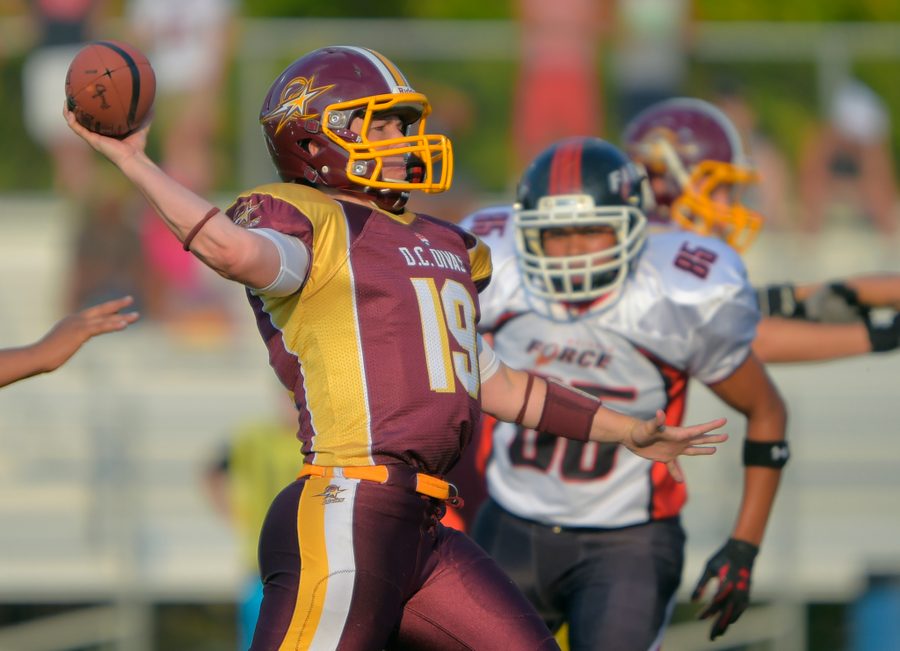
Professional women’s tackle football is on the cusp of a mainstream breakthrough: an ESPN documentary featuring the winningest women’s team in the country — the Boston Renegades—is streaming on Hulu, and at least 15 women were coaching in the NFL this past season, an increase of 25% from the year before. (Most of them came up through the handful of women’s semi-pro leagues operating in the United States.) And — in what is no small feat — four women have coached in the Super Bowl.
Women’s sports in general — especially basketball and soccer — are also being recognized for the moneymakers they have the potential to be. Women’s professional sports sponsorships grew 20% year-over-year in 2022. A study conducted earlier this year by PricewaterhouseCoopers found that more than 70% of sports executives expect to see women’s sports revenue increase at least 15% over the next three to five years.
As the exponential growth of women’s sports is expected to continue for the foreseeable future, it might make sense that men’s professional leagues would look to highlight their counterparts by bringing attention to women’s games. The NFL recently did just that, highlighting its investment in women’s football with a landmark Super Bowl commercial. But no, it wasn’t a commercial for one of the several, nascent semi-pro, full-tackle leagues that exist. The commercial was about the league’s investment in women’s flag football, staged perfectly to accompany its recent commitment to growing the game of girls’ flag football around the country.
Women’s football season is now in full swing, with the Women’s Football Alliance (WFA) season starting April 22 and the Women’s National Football Conference season beginning a few weeks earlier. While the New England Patriots regularly offer support to the Boston Renegades WFA team, including lending its team plane to the Renegades to take to last season’s WFA championship, most other NFL teams never acknowledge the women’s tackle teams playing locally.
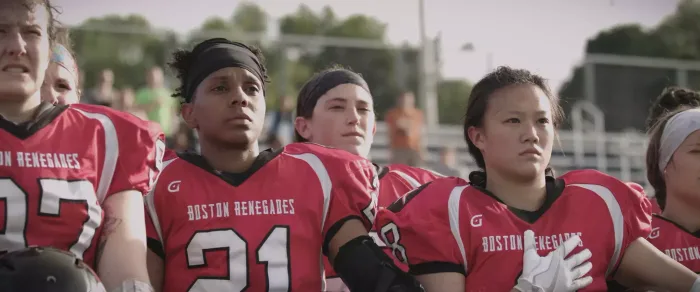
The Super Bowl commercial, which was well-produced, featured Mexican flag football quarterback Diana Flores, alongside U.S. players Vanita Krouch and Bella Rasmussen, leading a pack of NFL players, sports legends and well-known social media influencers. The NFL had a major opportunity to highlight women’s football and the fact that the NFL chose to uplift the flag game isn’t necessarily a negative — women’s flag football is flourishing and growing quickly.
But there is a potentially more insidious reason for the NFL’s focus on girls’ flag football, and it ties into patriarchal beliefs that we have about women athletes and their ability to play traditionally masculine sports.
“Football as the ‘last male preserve’ serves such an important cultural function in maintaining masculinity that it is not surprising that women’s contact football would not be invested in by the NFL,” says Cheryl Cooky, professor of American studies and women’s gender and sexuality studies at Purdue University.
In 2020, Nike and the NFL announced a new initiative that committed a total of $5 million to grow flag football programs within high schools, with up to $100,000 of equipment for state athletic associations that offered girls’ flag football as a high school sport, which eight states currently do. California and New York are the latest states to join the movement, sanctioning the sport earlier this year. According to the National Federation of State High School Associations, the number of girls playing flag football in U.S. high schools doubled to 11,000 in the decade leading up to the 2018 – 19 school year.
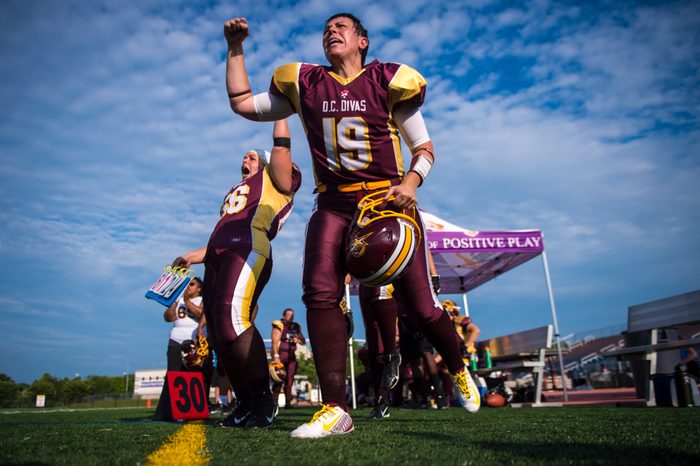
At colleges in the National Association of Intercollegiate Athletics (NAIA), like Keiser University in West Palm Beach and Xavier University in New Orleans, women’s flag is a sanctioned sport; some players even receive scholarships. For the past several years, the Atlanta Falcons have hosted a girls’ flag football showcase attended by NAIA recruiters, and for the past six years, the Falcons have focused intentionally on growing the girls’ flag game by advocating for it to be played at high schools through their programming. The Los Angeles Rams and Los Angeles Chargers have also been running a girls’ high school pilot league. Just this April 21, the New England Patriots announced its first-ever Patriots girls’ high school flag football league.
“The expansion of girls flag football is essential to the growth of the game and preservation of the values it has contributed to society for decades,” said Troy Vincent, NFL executive vice president of football operations, according to a 2020 statement. “Girls flag demonstrates that football is for all, and the greater the participation, the stronger the game, and the more young women can build the transferrable skills football provides for achieving success in life.”
On its face, this pitch sounds good, as the rates of boys playing tackle football is rapidly declining, mostly due to the chronic traumatic encephalopathy (CTE) crisis that is consuming the sport. A 2017 study found that 90% of the brains of former football players showed signs of the degenerative brain disease. Even athletes who only play at the high school and college level are at-risk for developing CTE from cumulative brain injuries over the course of a football career. It can cause early onset dementia, violent outbursts and profound personality changes.
Tackle football is increasingly recognized as inherently unsafe and a growing number of people do not want their sons playing the game—let alone their daughters. There are also attempts to bring football to the Olympics and many people see flag as the most likely version of the sport to make it.
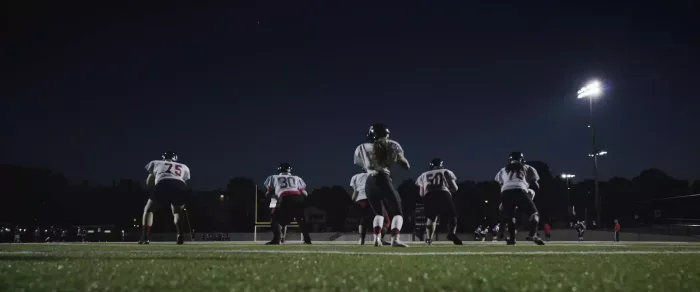
“This is really complicated,” explains Kathleen Bachynski, assistant professor of public health at Muhlenberg College and author of No Game for Boys to Play. “Because normally, when we think about something as being a traditional male preserve, the inclination is to say, ‘We want girls and women to have access to this.’ But in this case, my vision of gender equity is not repeated cumulative brain trauma for everybody.”
Dana Sparling, executive director of the Women’s Gridiron Foundation, believes flag football is the future of women’s football. “I think the women’s game in flag is much more sustainable long-term,” she says, pointing to several reasons to back up her point, including that it’s a lot easier to start a flag team than it is a full-contact team. It’s also less expensive, requires fewer people (full contact teams need to carry rosters of 30 to 40 players because of injuries), requires less equipment and can be played almost anywhere as long as you have a decent amount of space or a large enough patch of grass.
Zack Furness, an associate professor of communications at Penn State Greater Allegheny and co-editor of The NFL: Critical and Cultural Perspectives, tells In These Times that he thinks the NFL endorsing flag football is its strategy “to try and have it both ways — to advocate for women but to do so in a way that’s ostensibly more ‘ladylike’ or less dangerous.”
“It’s not altogether surprising,” Furness adds, regarding the NFL’s decision not to invest in full-contact football for girls and women. “I do think that there is a very strong and built-in paternalistic, patriarchal way that the NFL and its culture operate.”
Research shows that physicality is central to women’s empowerment in and beyond sports. Player experience backs this up. When I was reporting my book, Hail Mary: The Rise and Fall of the National Women’s Football League, players reported that football gave them permission to take up space in the world. Others said the sport taught them leadership qualities that allowed them to move into leadership roles at work.
“Being on the football field was all about empowerment,” Columbus Pacesetters player Linda Stamps says in Hail Mary. The Pacesetters were a team in the National Women’s Football League, the first professional women’s football league in U.S. history, which ran from 1974-1988. “We had several linewomen who were 6 feet tall and a couple hundred pounds. They’d get trained and, in about six weeks, they’d be walking taller and fully into themselves. They owned their bodies.”
Historically, one of the frequent arguments for why tackle football is so good for athletes and young people is that it has been characterized as having a unique ability to teach things like character-building, leadership, discipline and other social qualities considered highly desirable.
“In today’s context, with our conversations about gender equity, the NFL has found itself in a little bit of a pickle in the sense of, if football only continues to be accessible to boys, you’re essentially implying that there’s no route for girls to have access to teaching character-building and discipline and leadership skills and all these other amazing things,” Bachynski tells In These Times. “I think, perhaps cynically, that the NFL has kind of had its hand forced to say, ‘We’ve got to show some kind of support for girls participating.’ ”
But advocating for women to have the same opportunities as men in a game as ethically complicated as football is sticky. “We are literally talking about equality in dementia,” Christopher R. Matthews, a senior lecturer in sociology in the science and technology department at Nottingham Trent University, tells In These Times.
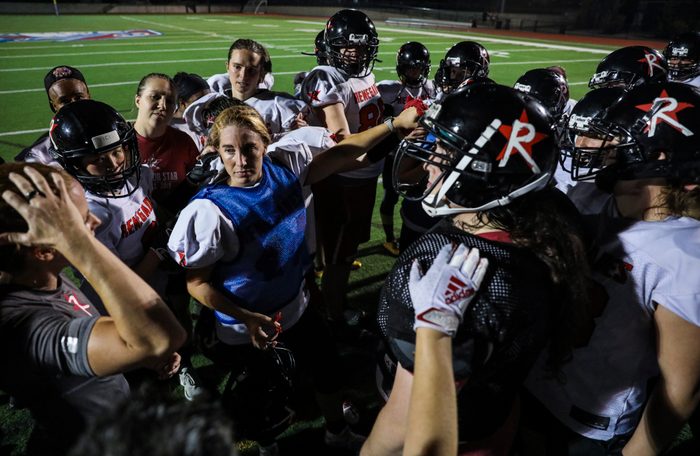
Is equal opportunity brain damage really a feminist win? And where is the line between paternalistic impulses to “protect women” from harming their bodies (which has been prevalent throughout the history of sport), allowing women the agency to take informed risks with their bodies, and the need to completely reform the game of American football and advocate that no one, of any gender, should be playing it?
“I feel like, often, when I get asked about [whether women should be playing football], it’s usually from someone new to the sport who is well-meaning and to justify the lack of opportunities women have been given in the sport,” says Erin Truex, who plays right tackle on the offensive line for the Boston Renegades.
“For me, it just goes back to deep-seated misogyny that we allow and encourage men to play tackle football, and we are reminded of the risk disproportionately when it comes to women playing the game, but not men,” Truex says. “I don’t think men are asked about [the risks] nearly as much as women are.”
Many people believe that no one should really be playing full-contact football as it currently exists. “My position is that tackle football needs to be abolished, so I obviously cannot comfortably celebrate the inclusion of anyone in the sport,” says Nathan Kalman-Lamb, assistant professor of sociology at the University of New Brunswick & co-host of the End of Sport podcast. “I understand the sport itself as a form of human sacrifice that I don’t think anyone should be subjected to, including women.”
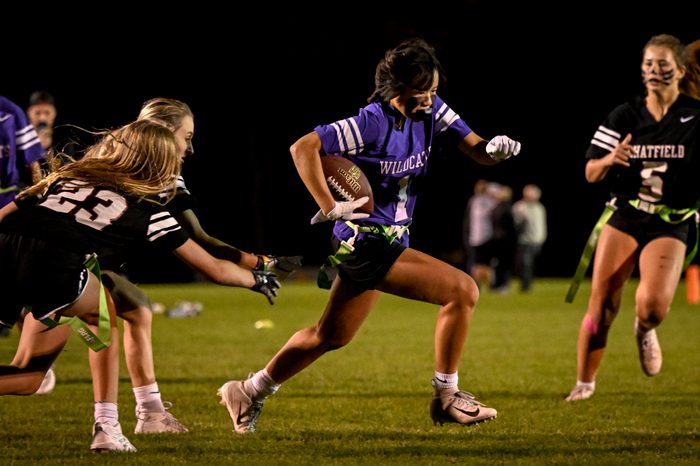
In the interim, Matthews suggests the issue comes down to consent. “We are lucky enough where we live in times where we are free to do things that can kill us. I smoke too much, I drink too much, and I like getting punched in the head,” he says. “I don’t want a society where I’m not free to do these things. Banning them makes them more dangerous. We should be allowed to do these things, but we aren’t doing them in an informed way.”
The challenge, however, is that even if people know that brain injury is a risk in playing tackle football, Matthews thinks we are falling short at the “informed” part of “informed consent.” Because in order to be truly informed, someone has to know what it means to live with dementia.
And it’s not just that. Women players are at greater risk than men because of real, systemic barriers. Most learn the game later, meaning their skill levels differ. They also lack access to the quality of coaching men receive, the quality of equipment men have, and the medical care (on and off the field) that male players do. Research also shows that women are less likely than men to report concussion symptoms, which Matthews believes has a social component: In a game like football, in which women are already told they are too fragile to play, women players may experience a pressure to prove they are tough and can power through injuries and discomfort.
“In the seven years I’ve played, the overwhelming majority of injuries I have seen are the results of people not being coached properly or … because people aren’t tackling correctly, aren’t cutting correctly,” says Truex. “Very rarely is it because people are out there headhunting [intentionally trying to cause injury].”
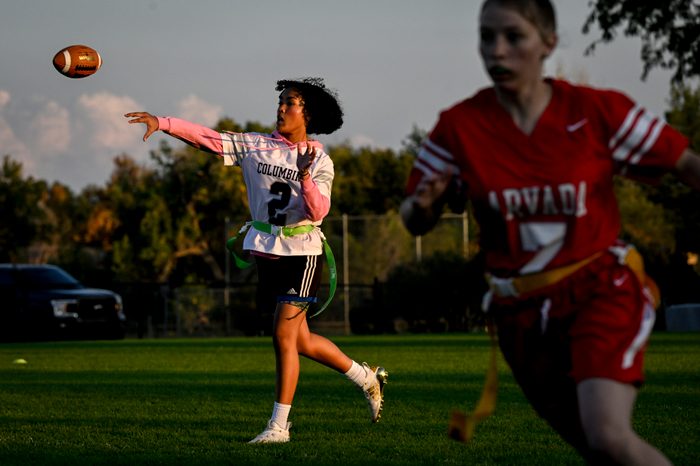
So when we push for equality in a sport where athletes are almost certainly guaranteed to get injured — often badly — in some way each season, we need to be incredibly careful about what we are pushing for equality in. Without putting protections in place, without putting long-term support in place, and without putting the same kinds of safety measures in place, we are potentially setting women up for the same level of dementia risk as men players — with even less support than NFL players receive.
But the fact that the NFL has chosen to invest in and highlight women’s flag football, even as women are playing full-contact tackle football, is paternalistic. Especially when the women who are coaching in the NFL are mostly coming out of the women’s full-contact leagues, the fact that the NFL chose to uplift flag football only adds to the perception that tackle football is a game only for men.
“I found it fascinating — but not all that surprising — that the NFL is promoting flag football for women but not for men, especially in light of the concussion crisis,” says Cooky. “Why not promote flag football for men? It to me seems to create this ‘separate but equal’ space that is not really ‘equal’ but rather upholds ideologies of female inferiority.”
Frankie de la Cretaz is a freelance journalist whose work focuses on the intersection of sports, gender and culture. They are the co-author of Hail Mary: The Rise and Fall of the National Women’s Football League.





